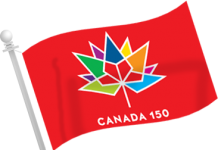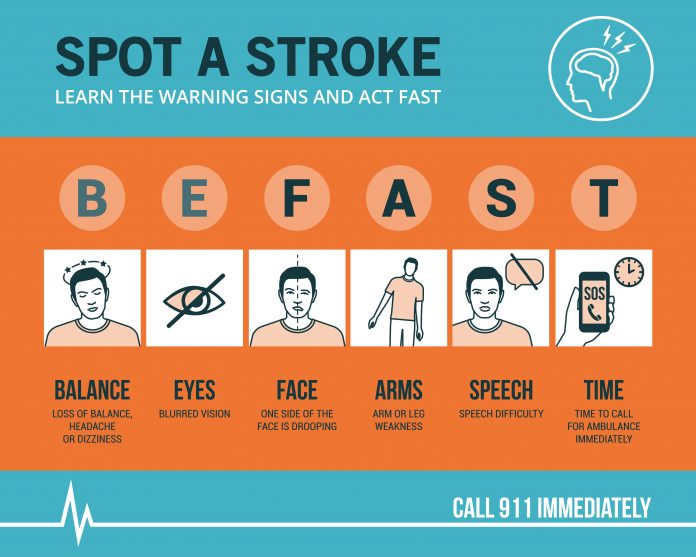May is American Stroke Month, dedicated to helping others learn the signs of a stroke. Less than 10% of those recently surveyed could identify F.A.S.T., the acronym for the most common warning signs of a stroke.
- F – Face Drooping. Is one side of the face drooping or numb? Is the person able to smile?
- A – Arm Weakness. Is one arm numb or weak? Can the person raise both arms or does one begin to fall downwards?
- S – Speech Difficulties. Are they unable to speak or difficult to understand? Is their speech slurred? Can they repeat a sentence correctly?
- T – Time to call 911. If the person shows any of these symptoms, even if they seem to be clearing up, get them to the hospital right away. Time is critical!
Other signs of a stroke include:
- A sudden severe headache with no cause.
- Sudden loss of balance or coordination.
- Trouble seeing in one or both eyes or blurred vision.
- Sudden confusion or trouble understanding what is said to them.
- Unable to walk or dizziness.
What can increase your risk of having a stroke?
- High blood pressure is the most common risk factor. Blood pressure is high if it is always at or above 140/90.
- Those who have diabetes.
- Age and gender. The risk increases as you age. When younger, men are more likely to have strokes, however, women are more likely to die from them.
- Family history. If you have already had one you are at risk of having another one. A family history of strokes also puts you at risk for having a stroke.
- Smoking can damage blood vessels, resulting in less oxygen reaching body tissues.
Other risk factors include alcohol and illegal drug use, certain diseases and also lack of physical activity. An unhealthy diet, especially one that leads to being overweight or obese increases your risk of stroke.
This month, during American Stroke Awareness Month, learn the symptoms of strokes. Have a check up with your health provider and find out ways that you can increase your heart health and decrease your risk of strokes.






















